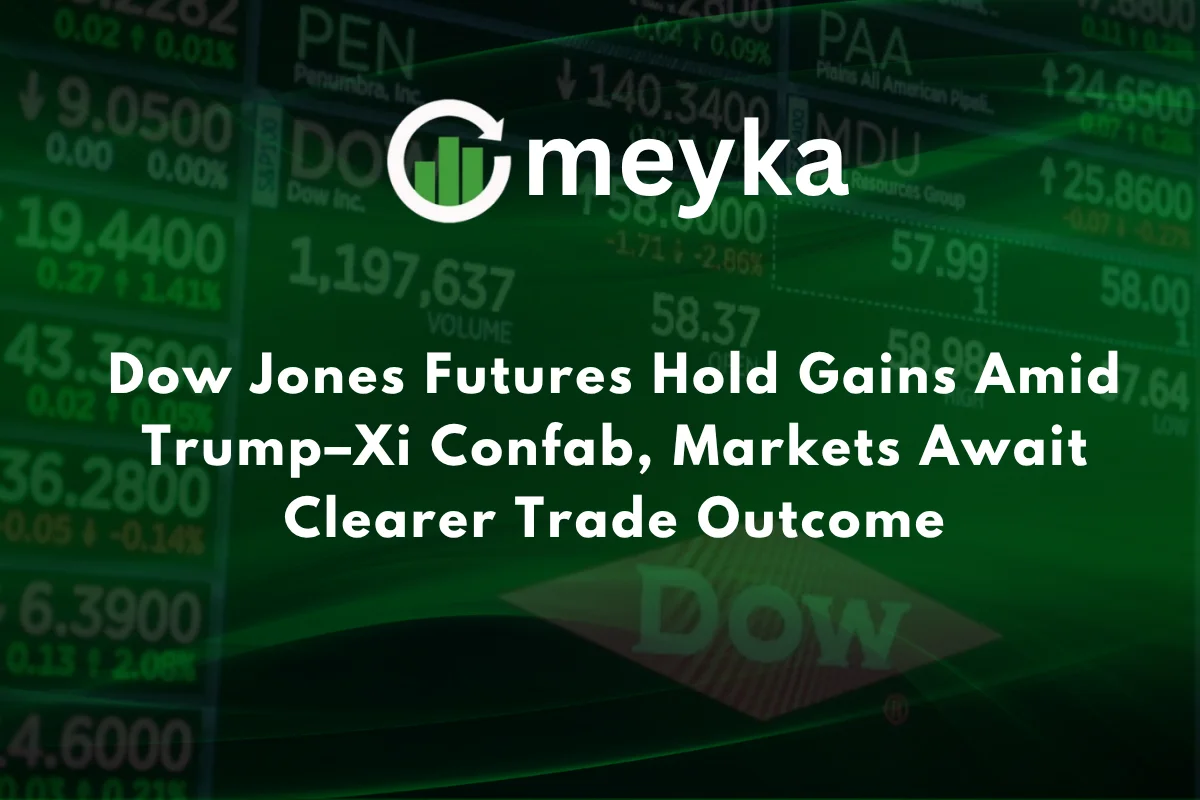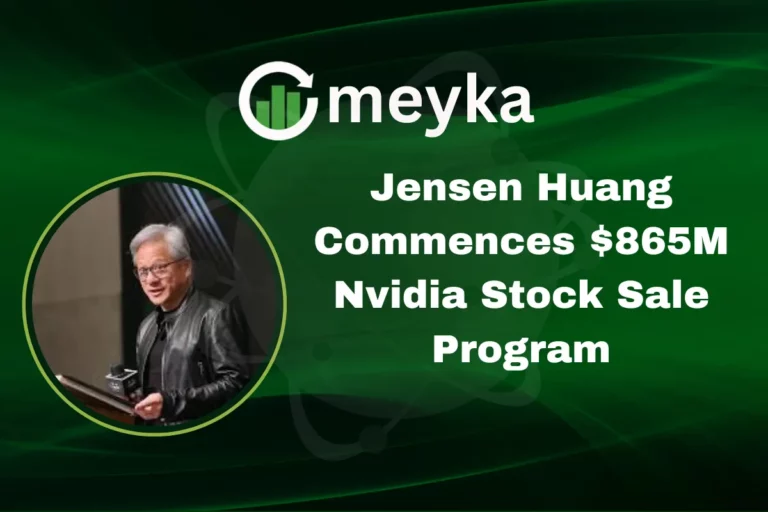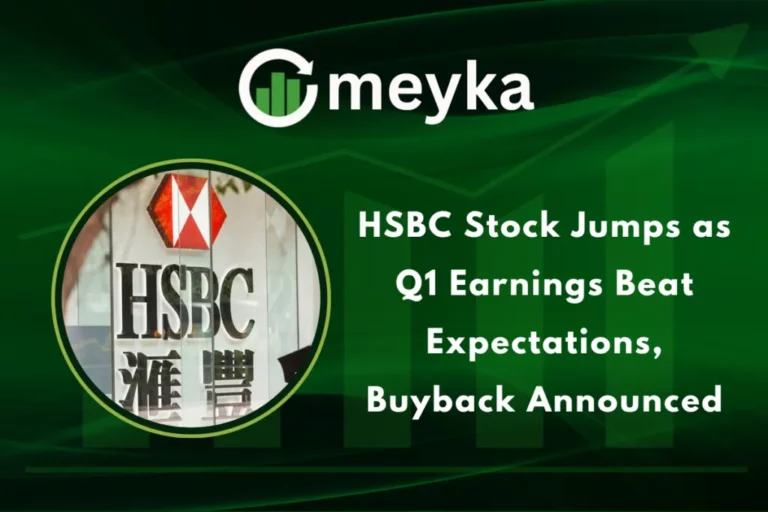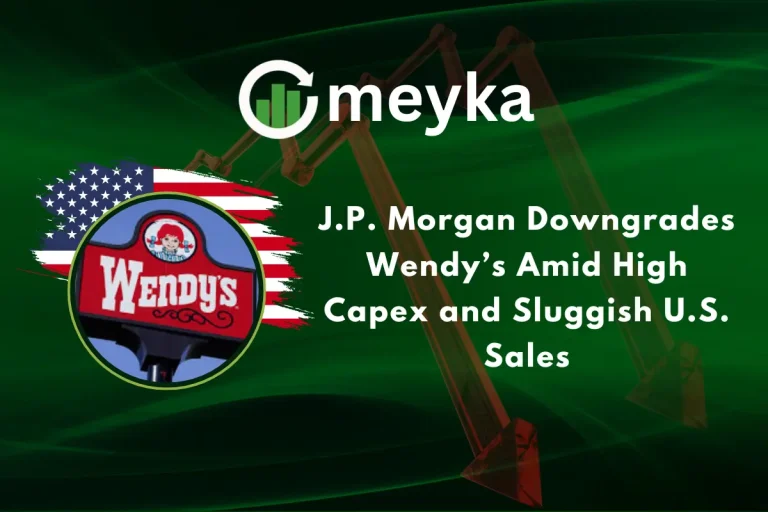Dow Jones Futures Hold Gains Amid Trump–Xi Confab, Markets Await Clearer Trade Outcome
The financial world is locked in on Dow Jones Industrial Average futures as investors digest the recent meeting between Donald Trump and Xi Jinping. While futures are holding gains, the market remains cautious, seeking a more concrete trade agreement between the U.S. and China.
Trade Tensions Easing, But Clarity Still Lacking
Investors noticed that after the leaders’ confab, futures tied to the Dow Jones picked up momentum. According to one report, stock futures rose in Asian trade on hopes of a breakthrough. Even so, the move has been described more as a “pause in tension” rather than a full resolution. Analysts at the Reuters Institute noted that although the tone has improved, many key issues, especially in the tech and rare-earth sectors, remain unresolved.
Markets are watching three big questions: What will the U.S. and China actually agree on? Will this affect global supply chains and technology access? And how will the central banks respond if the trade outlook changes again?
Why Dow Jones Futures Matter Right Now
When futures tied to the Dow Jones index move, it signals investor expectations for where the market may open. Because the Dow is composed of major blue-chip stocks, strong futures can reflect broader market optimism. The Dow Jones futures are therefore a key measure of investor sentiment heading into major events like a U.S.-China meeting.
For those performing stock research, especially in sectors like technology or manufacturing, watching how Dow futures respond to geopolitical events is essential. Understanding the relationship between global trade talks, the stock market, and even AI stocks is becoming more important than ever.
What Happened in the Trump-Xi Meeting
The meeting between Trump and Xi covered multiple areas of contention: tariffs, rare-earth exports, agriculture and technology. Both sides allowed easing of export controls and narrowing of tariffs, but few of the fundamentals were changed.
While the handshake and public optimism helped boost futures, deeper questions remain: How will technology access be managed? Which tariffs will be reversed and when? Will supply-chain risks shrink or stay elevated? Analysts suggest the meeting may have offered a tactical truce rather than a strategic reset.
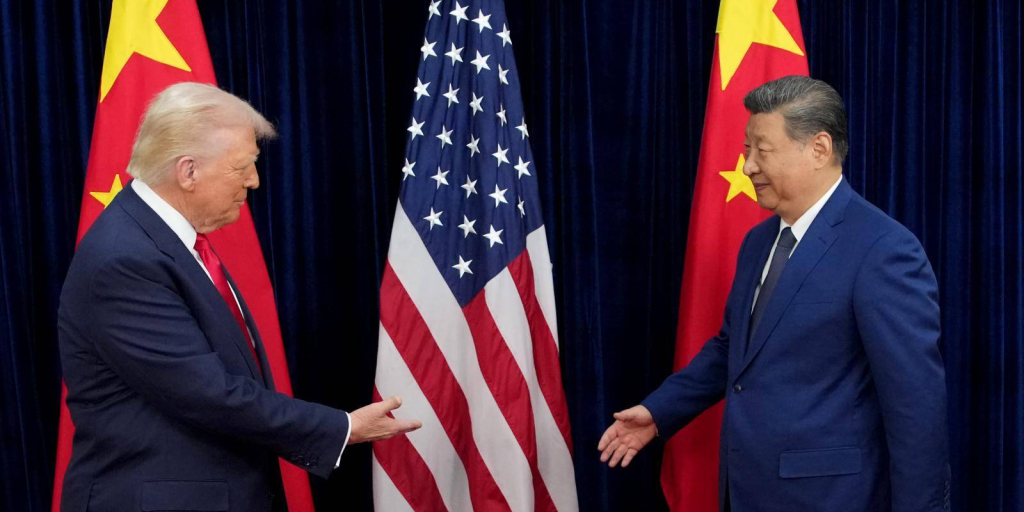
Markets Respond — Cautious Gains in Futures
The reaction in futures has been measured. One estimate showed futures tied to the Dow Jones advancing about 0.16% ahead of the U.S. session. Another source reported Dow futures were edging up in Asian trade on hopes of improved trade ties.
However, some caution signals flashed as well. The mixed earnings from big tech companies, combined with a less-clear outlook from the Federal Reserve, suggest the rally isn’t guaranteed. As one note put it: markets are in a “risk-managed” mode rather than full-risk-on. For those tracking AI stocks and large tech platforms, the data coming in could matter almost as much as the geopolitical developments.
What Investors Should Be Watching
Here are key factors to keep an eye on as the week progresses:
- Trade Implementation & Specifics: Will tariffs actually be reduced? Will rare-earth and technology export controls be lifted? Delays or disappointments could upset the current optimism.
- Corporate Earnings & Tech Results: Big firms in the tech and AI spaces are releasing results soon. These will influence market views and could affect how future contracts in the Dow and other indices behave.
- Central Bank Actions & Economic Data: The Fed’s stance on interest rates still looms large. If the central bank signals fewer cuts despite trade optimism, the futures rally could lose steam.
- Market Sentiment & Risk Appetite: If this meeting is viewed as only incremental, risk appetite may fade. That means upside for safer assets and less for equities and futures.
Implications for the Stock Market & AI Stocks
In the broader stock market, the reaction to the meeting shows how intertwined politics, technology and global supply chains have become. For example, companies involved in manufacturing, semiconductors, and artificial intelligence may see amplified impacts if trade terms adjust. Buying AI-related firms means also buying into the supply chain and regulatory risk.
From a stock research perspective, when futures for the Dow Jones register gains on trade optimism, one must ask: Are the fundamentals improving, or is the market simply reacting to hope? For investors in AI stocks, this is a crucial distinction. If supply chains are still vulnerable to export controls, those firms may face unexpected headwinds.
Possible Scenarios for the Dow Futures
- Optimistic Path: If a clear, executable agreement emerges, Dow Jones futures could rally significantly, perhaps by 1% or more, before the U.S. open.
- Disappointment Path: If specifics are lacking, or a key sector (such as technology or rare-earth minerals) is omitted, the futures gains may stall or reverse.
- Volatility Path: A mixed outcome could lead futures to oscillate, some sectors up, others down, creating choppiness in the stock market rather than a strong trend.
Key Takeaways
- The Dow Jones futures are reflecting cautious optimism following the Trump–Xi meeting.
- Gains are modest and largely driven by improved sentiment, not by breakthroughs.
- Investors must focus not just on what was promised, but what will be implemented.
- The links between futures, tech/AI stocks and global trade are stronger than ever.
- For those doing stock research, monitoring trade policy, futures behaviour and tech earnings together offers richer insight than any single indicator.
As markets wait for clearer outcomes, the micro-detail matters: specific tariff reductions, export licence freezes, and tech-supply pathways. While the futures are holding gains now, without follow-through, the rally could falter. Navigating the complex intersection of geopolitics, technology and the stock market is increasingly the challenge for modern investors.
FAQs
Dow Jones futures are derivative contracts that represent the expected future value of the Dow Jones Industrial Average. They trade nearly 24 hours a day and give investors a way to hedge or speculate on where the index might open.
The meeting stirred optimism that U.S.–China trade tensions may ease. That optimism pushed Dow Jones futures higher ahead of the regular session, though the rise was cautious because many details remain unclear.
Many AI stocks depend on global supply chains, from semiconductors to data infrastructure. Any disruption or improvement in U.S.–China trade policy affects manufacturing, export controls and tech regulation. As a result, stock research in the AI space must incorporate geopolitical and macro-trade risk, not just technology metrics.
Disclaimer:
The content shared by Meyka AI PTY LTD is solely for research and informational purposes. Meyka is not a financial advisory service, and the information provided should not be considered investment or trading advice.
